Have you ever wondered if your indoor dog feels as happy and fulfilled as they could be? The truth is, our furry friends need more than just a comfy bed and a bowl of kibble to thrive inside our homes. Dogs are curious, playful, and sensitive creatures, and their well-being depends on the world we create for them indoors. Imagine their world: no parks to sniff, no trees to chase squirrels up, and no wind in their fur! But with a sprinkle of creativity and a dash of love, you can turn your home into a doggy wonderland that is both safe and endlessly entertaining. Ready to discover how? Let’s unleash the possibilities!
Dog-Proofing: Safety First, Fun Always
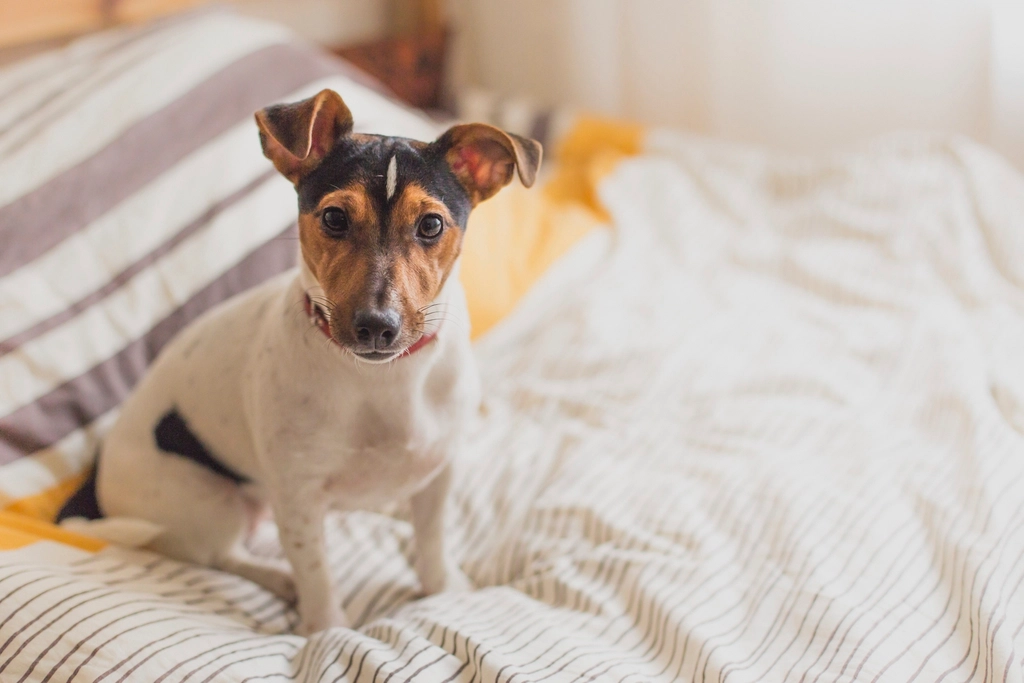
Before you start stocking up on toys or planning playdates, it’s crucial to make sure your home is a safe haven for your pup. Dogs are naturally curious and will sniff, chew, and explore anything within reach. Start by tucking away electrical cords, securing cabinets, and removing any toxic plants or dangerous foods from your dog’s environment. Think like a detective: get down to your dog’s level and look for hidden hazards that you might have overlooked, such as loose buttons, coins, or small objects that can become choking risks. Use baby gates to block off rooms or areas that are off-limits. Window screens should be secure, and cleaning supplies must be kept well out of reach. By making safety a priority, you set the stage for carefree fun and happy adventures indoors.
Choosing the Perfect Play Zone
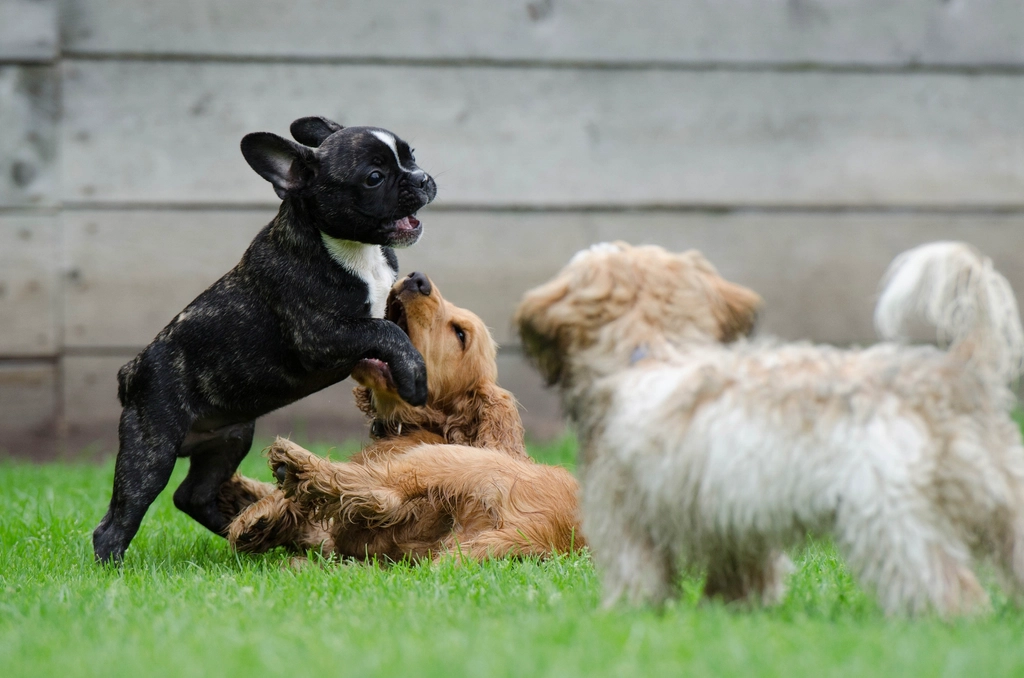
Dogs love having a space they can call their own. Designate a “doggy zone” in your home where your pup can play, relax, and feel safe. This could be a cozy corner in the living room, a spare bedroom, or even part of your kitchen. Make sure the area is away from loud noises and heavy foot traffic to help your dog feel secure. Place a soft bed, a few favorite toys, and maybe even a blanket that smells like you to create a comforting retreat. If you have young children or other pets, teach them to respect this space so your dog has somewhere to retreat when overwhelmed. This play zone becomes your dog’s sanctuary—a place where zoomies, naps, and tail wags are always welcome.
Interactive Toys: Keeping Curious Minds Busy
Boredom can lead to mischief, especially for clever dogs with energy to burn. Interactive toys are lifesavers when it comes to keeping your pup happy indoors. Puzzle toys filled with treats challenge your dog’s brain and keep them entertained for hours. Squeaky toys, tug ropes, and soft plushies are great for solo or interactive play. Rotate toys regularly to keep things fresh and exciting—imagine how dull it would be to play with the same old toy every day! If your dog loves a challenge, try snuffle mats or treat-dispensing balls. These not only stimulate their minds but also tap into their natural foraging instincts. A busy dog is a happy dog, and a happy dog means fewer chewed-up shoes!
Creative Indoor Exercise Routines
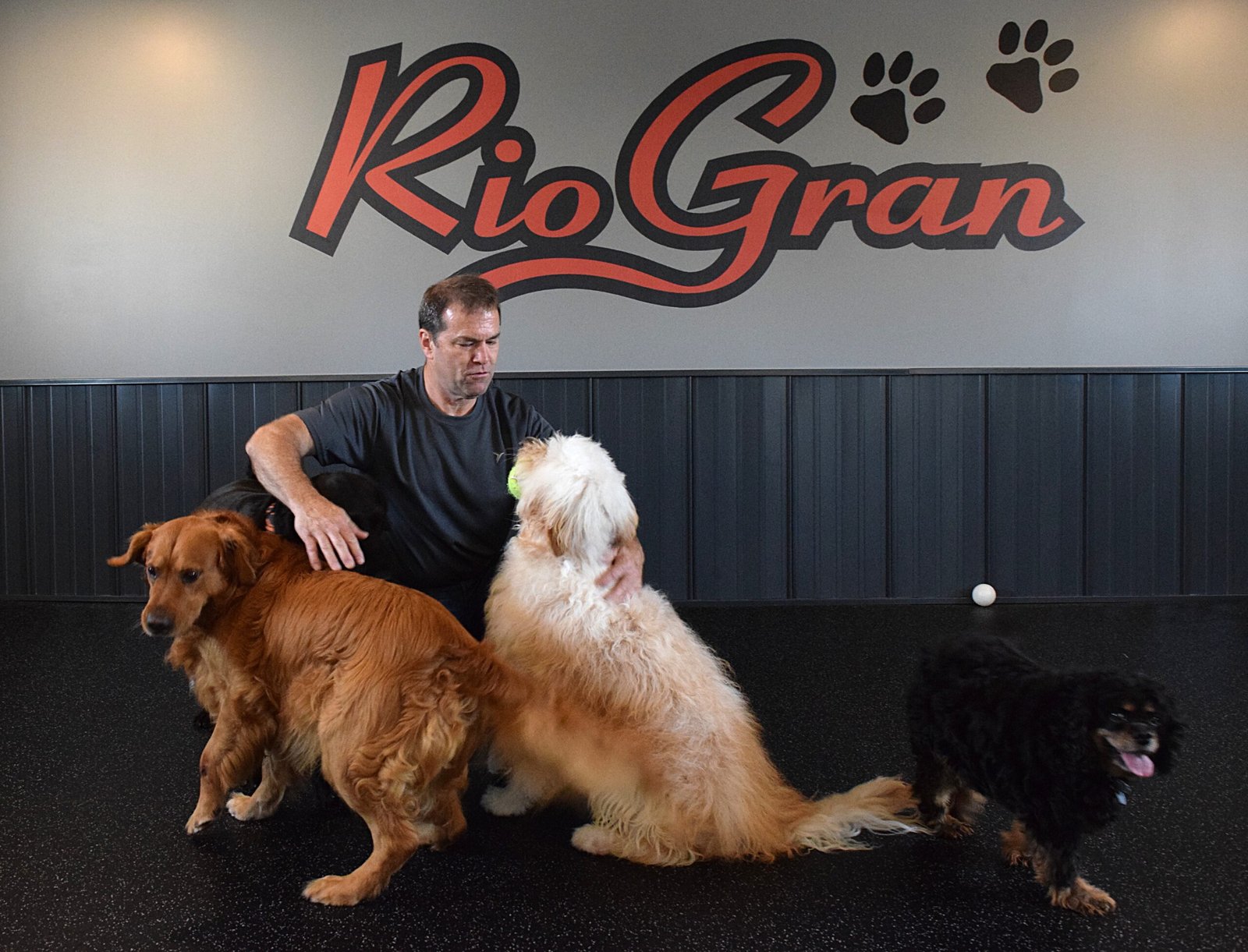
Dogs need exercise, rain or shine, but being indoors doesn’t mean they have to miss out on the fun. Get creative with games like fetch down the hallway, tug-of-war, or even a gentle game of hide-and-seek with treats. If you have the space, set up a mini obstacle course using cushions, chairs, and tunnels for your dog to jump over and crawl through. Stair climbing is another great way to burn off energy—just be sure your dog’s joints are healthy and the stairs are safe. A few minutes of structured play several times a day will help keep your dog fit, focused, and free from restlessness. Exercise also strengthens the bond between you and your pup, making every tail wag even more meaningful.
Training Sessions: Learning is Playtime, Too
Training isn’t just about teaching your dog to sit or stay—it’s a fantastic way to stimulate their mind and build trust. Short, positive training sessions can turn a rainy day into an opportunity for learning and laughter. Start with simple commands if your dog is new to training, and gradually introduce more complex tricks like rolling over, spinning, or fetching specific toys. Use treats, praise, and lots of encouragement to keep things upbeat and rewarding. Training sessions are also a great way to address behavioral issues and reinforce good manners. Remember: patience and consistency are your best friends. With time, your dog will look forward to training as much as any game.
Social Stimulation: Friends, Family, and Furry Visitors
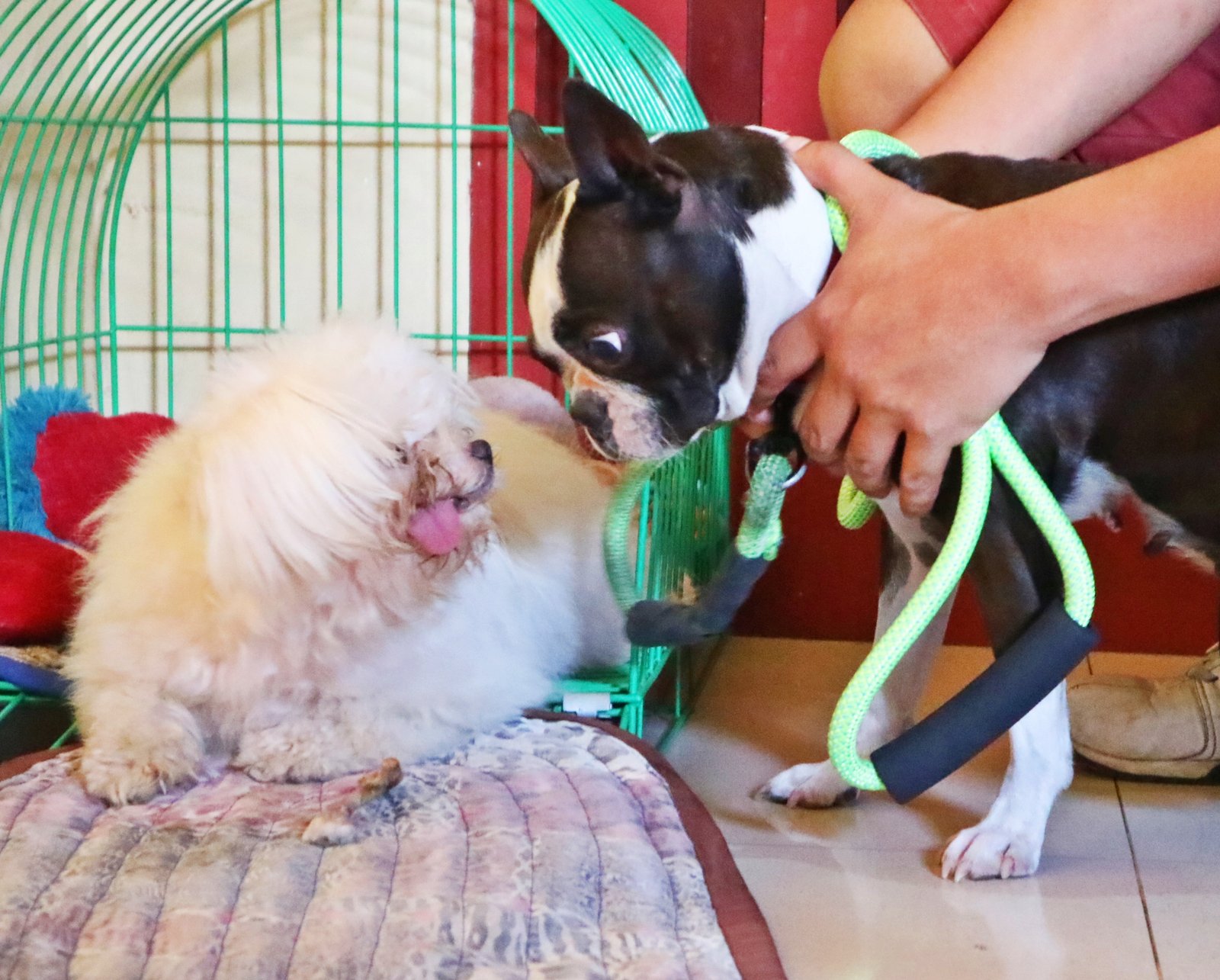
Just like people, dogs are social animals and crave interaction. If possible, arrange for regular playdates with other friendly dogs—even if it’s just an occasional visit from a neighbor’s pup. If in-person playmates aren’t an option, set aside time each day for interactive play with family members. Teach children to engage with your dog using gentle, respectful play. You can even video chat with distant relatives or friends who your dog knows and loves—some dogs recognize familiar voices and faces on screens! Social stimulation helps prevent loneliness and anxiety, making your indoor dog feel like a true part of the pack.
Safe Chewing: Satisfying Natural Instincts
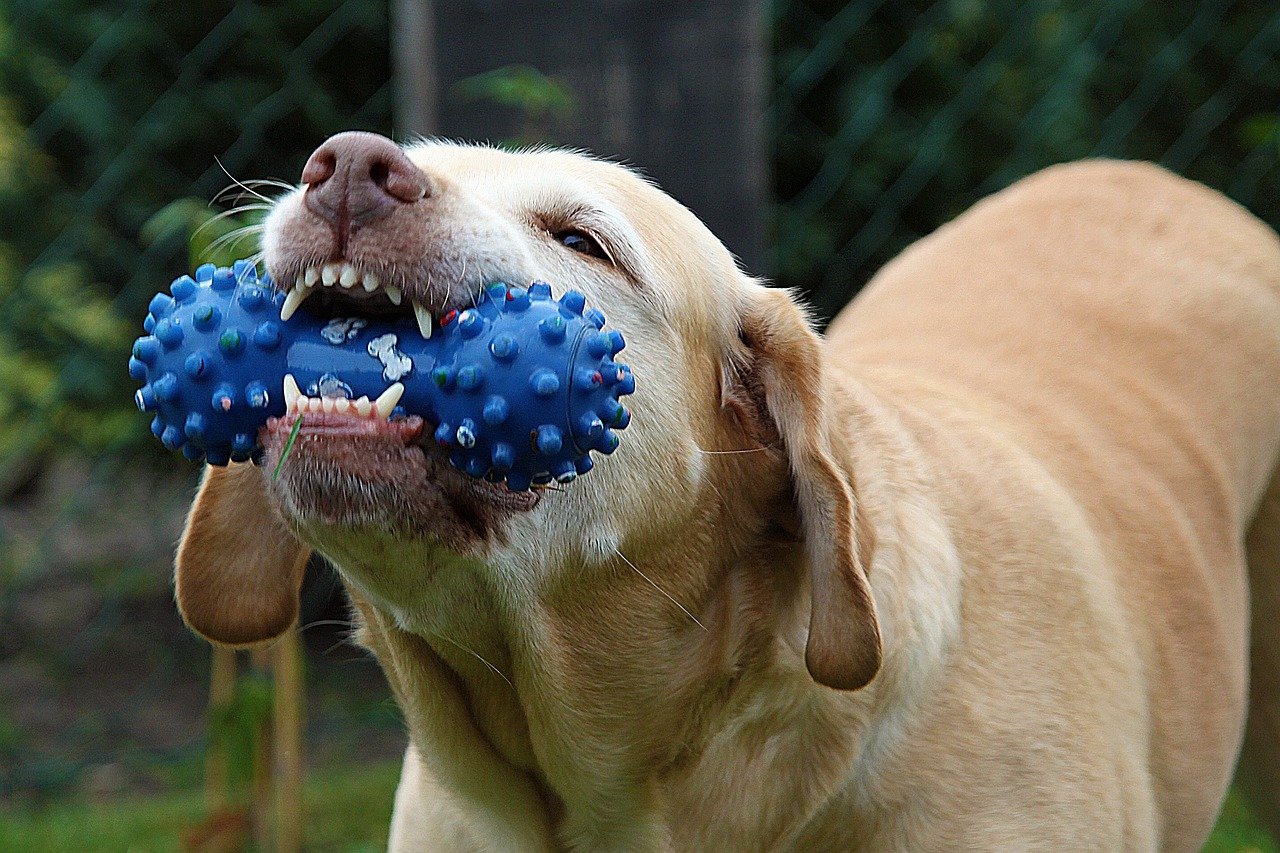
Chewing is a natural and necessary activity for dogs, helping to keep their teeth clean and their jaws strong. Provide a selection of safe and durable chew toys—think rubber bones, nylon toys, or natural antlers. Avoid anything that splinters or breaks easily, like cooked bones or cheap plastic. Chew toys not only prevent boredom but also redirect your dog from gnawing on furniture, shoes, or household items. If your dog is a heavy chewer, look for specially designed toys that can withstand serious chomping. Swap out chews occasionally to keep things interesting and make sure to supervise your dog, especially with new toys.
Enriching the Senses: Sounds, Smells, and Views
Life indoors can sometimes be monotonous for dogs, so engaging their senses is key to keeping them happy. Open windows when safe to let in new scents and sounds from outside—a whiff of fresh air or the chirping of birds can make your dog’s day. Play calming music or leave the TV on when you’re away, as some dogs find these sounds comforting. Set up a perch or a comfy spot by a window so your dog can watch the world go by—squirrels, pedestrians, and fluttering leaves are endlessly fascinating! Rotate safe household objects or introduce new scents like lavender or vanilla for gentle olfactory enrichment. By keeping your dog’s senses engaged, you help prevent boredom and create a more stimulating indoor world.

Linnea is a born and bred Swede but spends as much time as possible in Cape Town, South Africa. This is mainly due to Cape Town’s extraordinary scenery, wildlife, and atmosphere (in other words, because Cape Town is heaven on earth.) That being said, Sweden’s majestic forests forever hold a special place in her heart. Linnea spends as much time as she can close to the ocean collecting sea shells or in the park admiring puppies.






